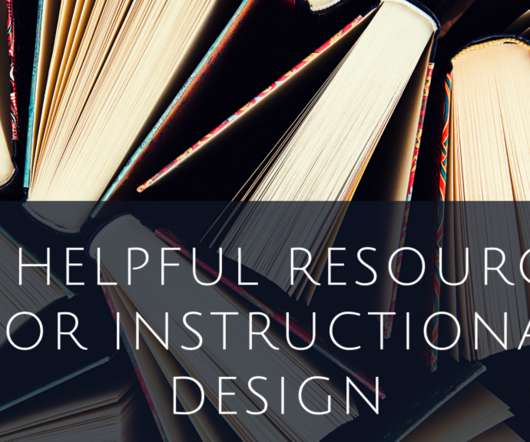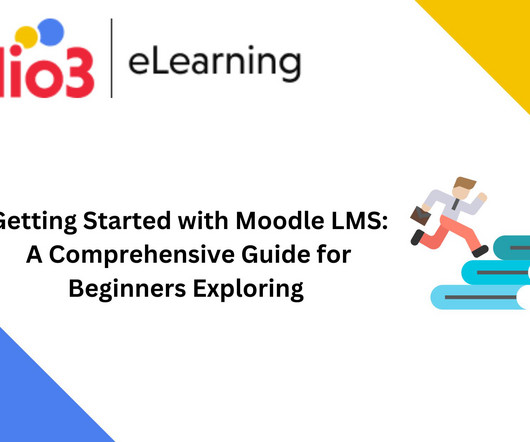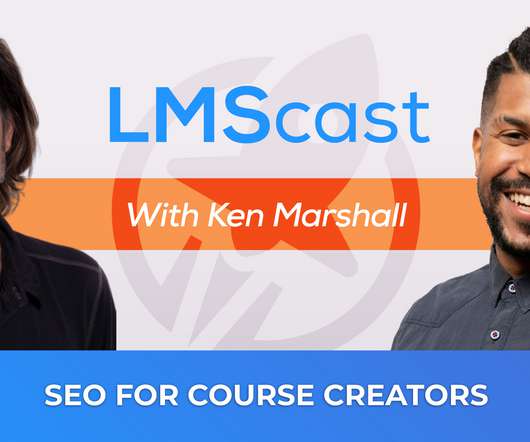12 Helpful Resources for Instructional Design
CourseArc
DECEMBER 20, 2021
12 Helpful Resources for Instructional Design. Instructional design is the thoughtful application of design aspects — like color theory, typography, and user experience — to create educational resources. With the first edition published in 2002, this book from Ruth Colvin Clark and Richard E.


































Let's personalize your content